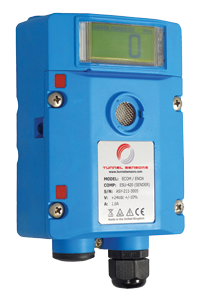
Tunnel gas monitors
Our range of tunnel gas monitors
We offer three single parameter gas monitors plus one multiparameter solution that also provides measurements for visibility and temperature in addition to gases. All provide measurements that can be used as part of a total air quality management system for ventilation control — and in the case of the VICONOX, also for secondary smoke detection.
- VICONOX tunnel atmosphere monitor is a single sensor solution for measuring NO2, NO, (NOx), CO, visibility and temperature (or combinations of) within a road traffic tunnel, rail tunnel or other confined space.
- ECOM is a fixed, electrochemical cell-based tunnel gas monitor that accurately measures the concentration of carbon monoxide (CO) within an ambient environment such as road and rail tunnels or other industrial applications.
- ENOM is a fixed, electrochemical cell-based tunnel gas monitor that accurately measures the concentration of Nitric Oxide (NO) within an ambient environment such as road and rail tunnels or other industrial applications.
- ENOX is a fixed, electrochemical cell-based sensor that accurately measures the concentration of Nitrogen Dioxide (NO2) within an ambient environment such as road and rail tunnels or other industrial applications. These measurements can be used as part of an air quality management system for ventilation control.

See it in action
Learn more or schedule a demo.









